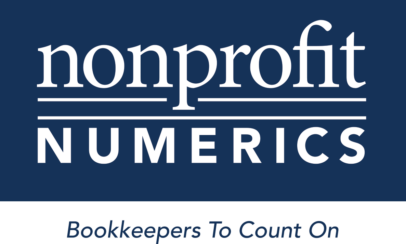The nonprofit Statement of Cash Flows shows how cash moves in and out of your organization over a specific period. Unlike the Statement of Activities (which focuses on revenues and expenses) or the Statement of Financial Position (which shows assets and liabilities), this report provides insights into the actual cash available to keep your organization running.
Knowing your Nonprofit’s Cash Flow is Critical
For nonprofits, cash flow is often more critical than profitability. Restricted grants, donor contributions, and seasonal funding can complicate cash management. The Statement of Cash Flows helps you:
- Monitor liquidity: Can your organization cover its short-term obligations?
- Plan effectively: Are you generating enough cash to fund operations and programs?
- Evaluate sustainability: Are your activities generating or consuming cash over time?
Breaking Down the Statement of Cash Flows
The statement is divided into three key sections:
1. Operating Activities
This section tracks cash generated or used in day-to-day operations. For nonprofits, this might include:
- Cash received from contributions, grants, and program fees
- Payments for salaries, rent, utilities, and supplies
Questions to ask:
- Are we consistently generating positive cash flow from operations?
- Are there seasonal patterns or timing gaps in our funding and spending?
2. Investing Activities
This section records cash used in acquiring or disposing of long-term assets, such as:
- Purchasing property or equipment
- Selling investments or fixed assets
Questions to ask:
- Are we making strategic investments that align with our mission?
- Are asset purchases draining cash reserves?
3. Financing Activities
This section tracks cash from external funding sources, such as:
- Proceeds from loans
- Repayments of debt
- Endowment contributions
Questions to ask:
- Are we borrowing responsibly to cover gaps or expand capacity?
- Are our repayment obligations manageable?
How to Use the Statement of Cash Flows
- Compare periods: Look for trends in cash flow over time. Are we improving?
- Evaluate cash reserves: Ensure sufficient reserves to cover unexpected expenses or delays in funding.
- Communicate with stakeholders: Use the statement to explain your financial position to your board, funders, and donors.
Tips for Your Nonprofit
- Timing mismatches: Restricted grants often appear in Operating Activities but may not be immediately available for general use. Track these separately.
- Negative cash flow: If cash outflows consistently exceed inflows, revisit your budgeting and fundraising strategies.
- Clarity: If your statement is confusing, consult your accountant or bookkeeper to ensure accurate categorization of transactions.
Plan to Leverage the Statement of Cash Flows for Your Organization
Take a thorough review of your organization’s most recent Statement of Cash Flows. What story is your cash flow presenting to your organization and its management? If you’re not sure how to assess this, or you need help analyzing or preparing this report, we’re here to assist. Together we can help ensure your nonprofit’s cash flow supports your mission.



